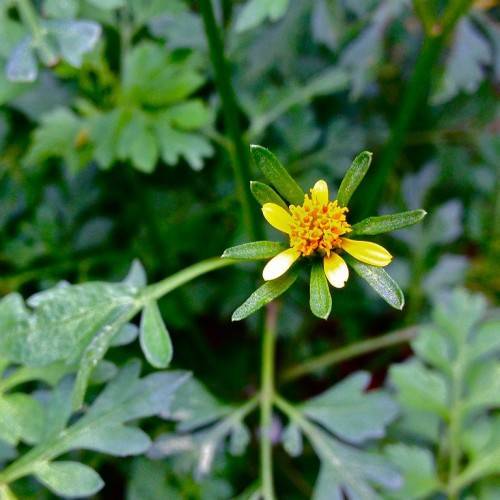
Spanish Needles
Bidens bipinnata
Watering:
Minimal
Hardiness Zone:
Sun:
full sun,part shade
Leaf:
Yes
Growth Rate:
Low
Drought Tolerant:
Yes
Salt Tolerant:
Yes
Invasive:
Yes
watering
Bearded Beggarticks should be watered when the top 1 inch of soil is dry and will require moderate amount of water. Water your Bearded Beggarticks every 3-5 days, frequency depending on the condition of the soil. Water until it begins to come out the drainage holes in the bottom of the pot and the soil is evenly moist. In areas with high humidity, water plants less frequently, while those in drier climates may need water more often. Adjust accordingly.
sunlight
Bearded Beggarticks thrive on medium amounts of sunlight throughout the year. They thrive best in full sun or partial shade during the hot summer months, with 5 to 6 hours of direct sunlight a day. However, during the winter, these plants prefer to have 2 to 4 hours of indirect sunlight a day.
pruning
For the Bearded Beggarticks (Bidens aristosa), pruning is typically done each year in either late fall or early spring. Pruning should be done in order to maintain the desired shape and size of the plant. Pruning should only remove dead, unhealthy, and unproductive growth, leaving behind healthy branches and stems. It’s best to prune the plant in stages, not all at once. Start with thinning, which involves removing up to a third of the healthy branches to maintain an open center, then proceed to cutting for shape by removing old wood, crossing branches, and any other branches that didn’t flower in the previous season. Finally, deadhead faded flowers regularly to promote continuous blooming throughout the growing season.
